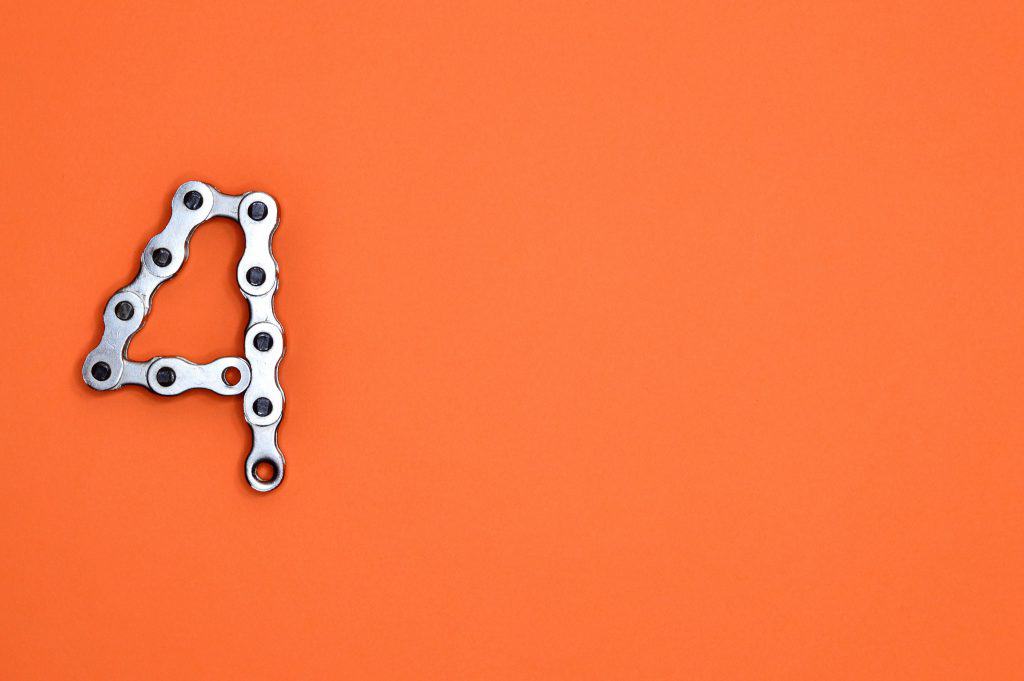Credit repair becomes a necessity once you have gotten badcredit to your name. People oftengo for credit repair services offered by organizations to get their credit fixed. In reality, it isn’t something you can’t do for yourself. Instead, it’s better to do it yourself and save extra money.
Your credit score is more than just a number, it’s a report card of sorts. It tells lenders how well you manage your finances. The better your credit score is, the more likely you can be approved for loans, credit cards or other types of credit. A higher credit score can also mean you get better interest rates. It doesn’t take much to damage your credit. But building your score back up takes time. Here are a few ways you can repair credit:
[BUTTONS1]
Credit Report:
The credit report is the first thing you must read and examine to find out about the complexity of the situation. There might be a chance that when you read the report, you will find some issues with the transactions, claim this and file the issue. This might reduce the debt you are in and the bad credits can be reduced.
[BUTTONS2]Checking your credit report regularly can help you spot errors and potentially prevent identity theft. You can get a free copy of your credit report from each of the three major credit reporting bureaus annually. Once you get your report, you’ll want to go over it carefully to look for inaccurate information. If you find something that you believe to be incorrect, you can initiate a dispute with the agency that reported the information.
You’ll need to send a written request that includes your name, contact information, account number and the information you’re disputing. The credit bureau will contact the information provider, which has 30 days to investigate your claim.
If the information is in fact inaccurate, they must delete or correct the information on your report. You can also ask the credit bureau to send a correction notice to anyone who has received a copy of your report in the last six months. This can repair some of the damage done by the inaccuracy.
Payment History:
One thing that immediately impacts on your credits is your payment history. If you habitually pay late, then your credits will decrease by the minute. Moreover, even one late transaction leaves an impact on your credits for a long time. It is thus better to pay your bills on time so that your credits can be repaired.
Balance-to-limit Ratio:
These are the numbers which will be beneficial to you when they are at the lowest. This tells you the credit you can spend and the money you have paid. It is good practice to keep the cash spend 70% less than the allocated credit.The lesser the ratio is, the more credit you have.
Credit Accounts:
The number of credit accounts you have and the amount you owe in total also impacts on your credit, which means that even after you have paid off the balance of one of the statements, itwill be better for you to keep the account open to account for good credit.
Final Note:
There’s no such thing as a quick fix when it comes to repairing your credit and you should be careful to avoid credit repair scams. Fraudulent credit repair companies promise results that are too good to be true and you could end up hurting your score even more in the process. Being proactive and giving it time are the best things you can do to see results when it comes to repairing your credit.
If bankruptcy trashed your credit, it may take you a little longer to repair it. One option to speed up the process is to sign up for a secured credit card. Secured cards typically require you to put up a cash deposit, which also serves as your line of credit. Secured cards tend to carry smaller credit limits, avoiding the possibility of huge payments.
When looking at secured cards, you’ll want one that reports to all three of the credit reporting bureaus. Pay attention to the card’s fees, since some issuers can charge big bucks for this type of card. Keep your balance low or nonexistent and pay your bills on time. By doing that, you may be able to convert your secured card to an unsecured card down the road.
